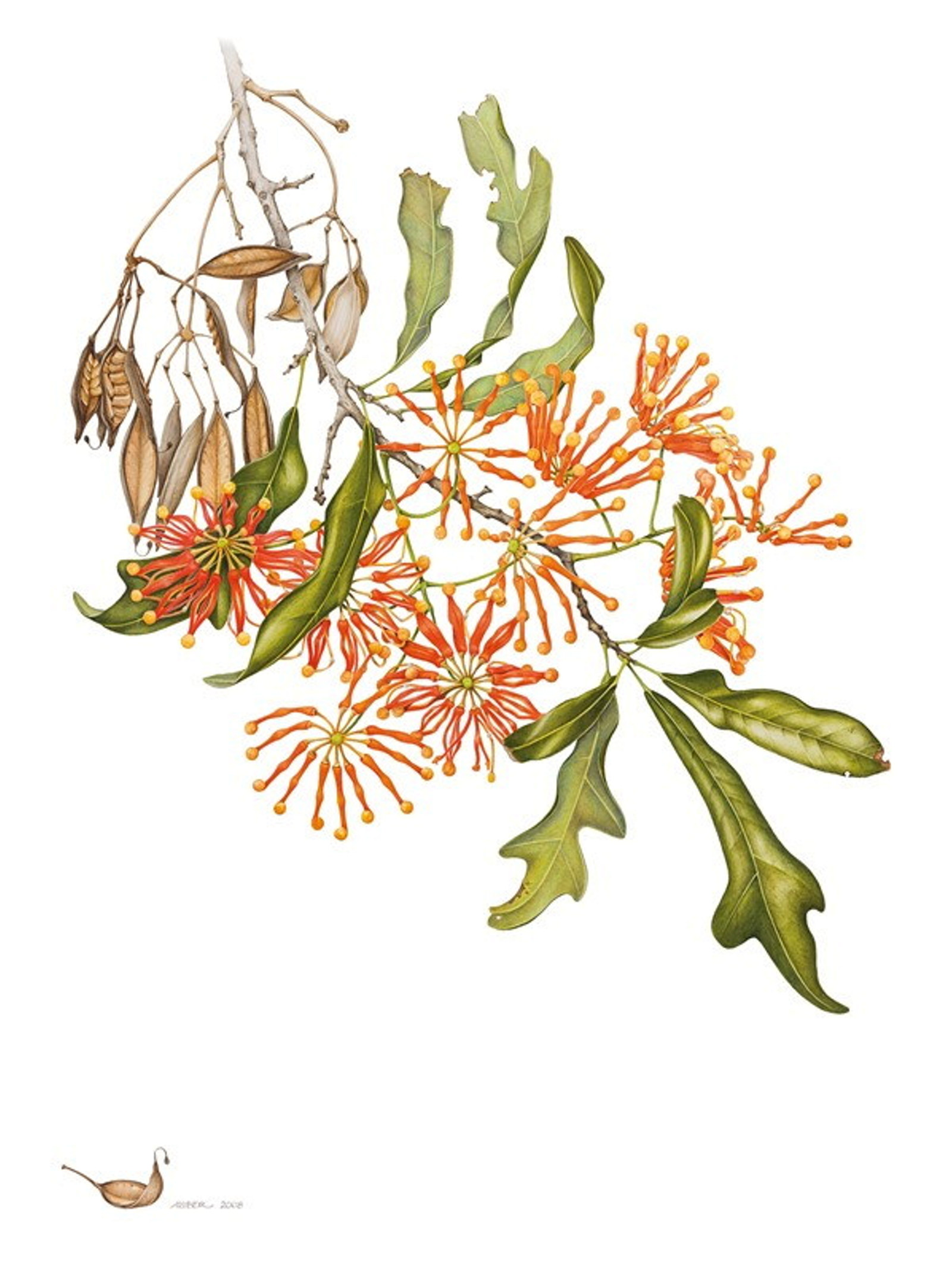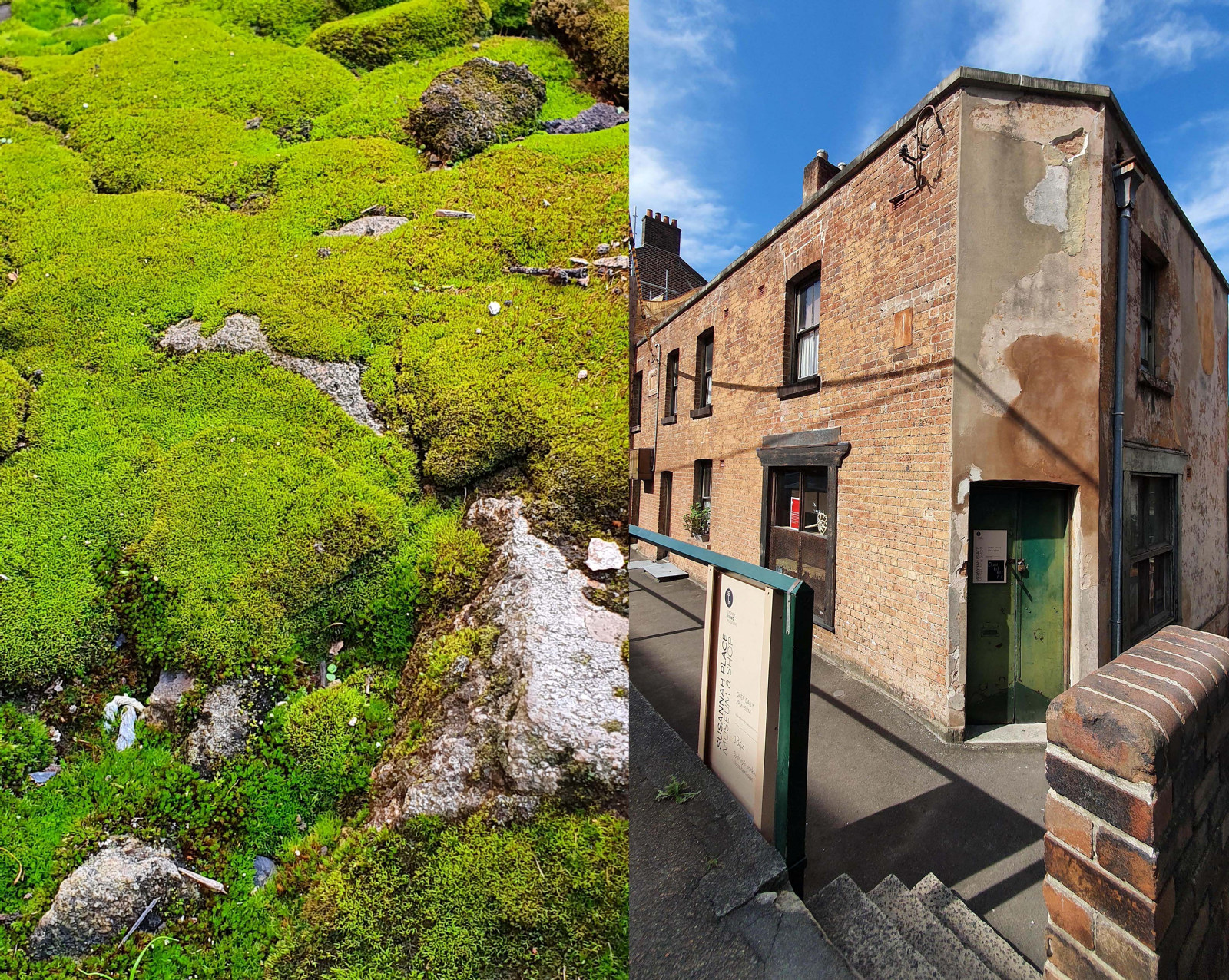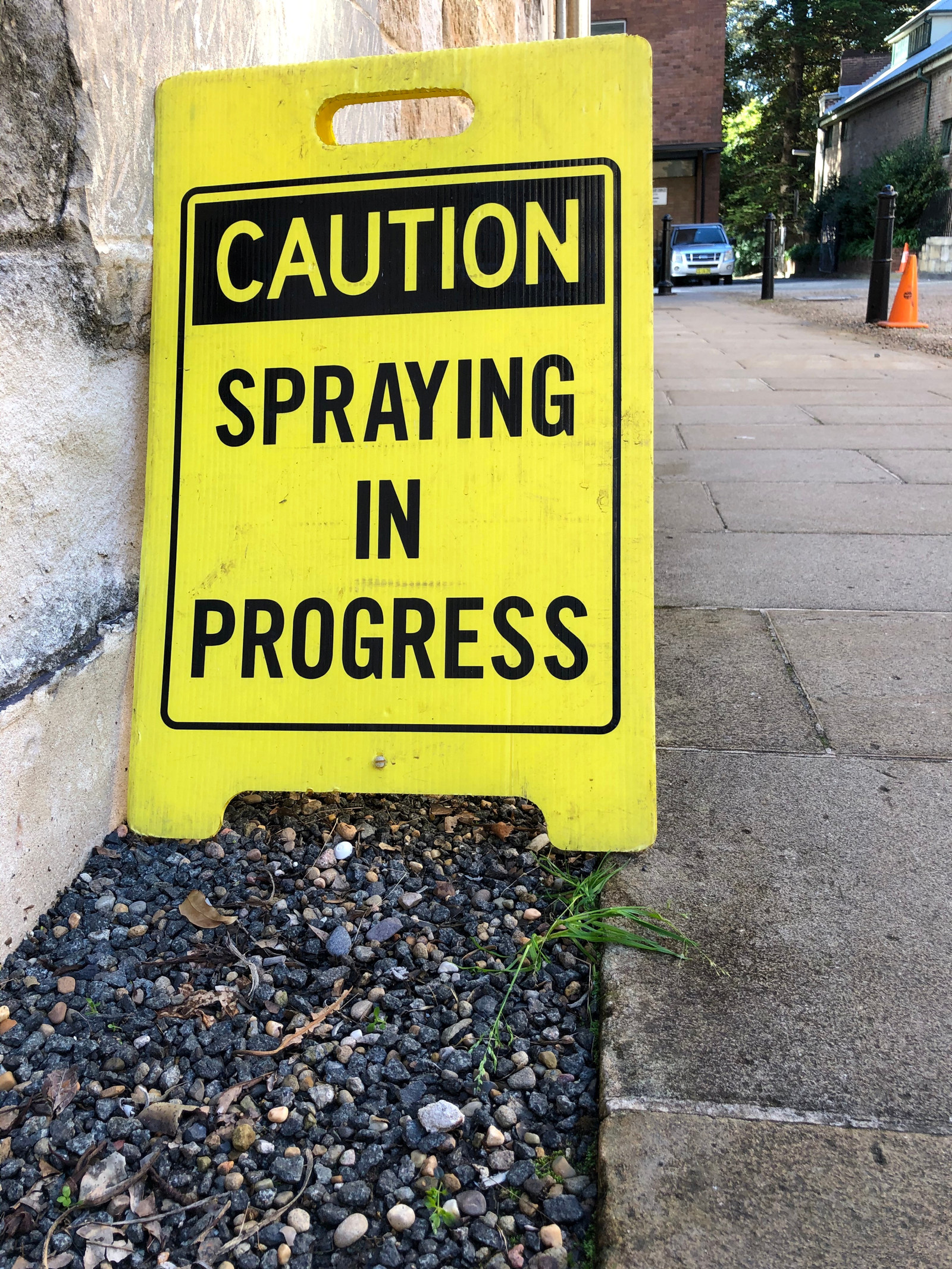An accidental fernery at Susannah Place
The name ‘The Rocks’ derives from the jagged sandstone ledges that define the area. In 1844 the four terrace houses known as Susannah Place was built into one of these sandstone cliffs in Gloucester Street. In the basement of 60 Gloucester Street the remnants of the original kitchen survive: the fireplace where the wrought iron stove once stood as well as the coal grate. These are signs of what was once a busy, productive space with a warm hearth for cooking.
By the early 1900s, the basement kitchen fell into disuse with a more convenient kitchen set up on the ground floor. These days the door to the basement always remains closed; we don’t take any of our tours into this particular space so most of the time it stays quiet and still, completely untouched. Interestingly, a small patch of vibrant green Australian native Maiden Hair Fern, Adiantum aethiopicum, grows happily in the spot where the sun shines each morning. The combination of good natural light and damp conditions free from droughts has made this basement into its own little glasshouse fernery.
Walking around The Rocks, it is clear that Maiden Hair Fern is right at home in this sandstone landscape. The fern grows in volume all through the Argyle Cut and up the Argyle Stairs and in any nook and crevice it can find. The spores from the fern float through the wind and settle in places where it can be left alone with just the right amount of moisture and light.
If the whole of the colony possessed the same temperature as is found in the neighbourhood of Sydney, the bush-house would be ample for the cultivation of ferns and lycopods”
The Sydney Mail, Saturday, May 12, 1888
It’s incredible to think of what the ancestors of these ferns may have been present for. Did they cling to the sandstone ridges before white settlement when the Gadigal people walked through the place they called Tallawoladah to the water to collect oysters?1 Did the fern dance gently in the breeze in 1843 when the convicts on chain gangs began chipping away at the sandstone to excavate the Argyle Cut?2
Despite the ways The Rocks has changed over time, the Maiden Hair Fern has remained steadfast to its landscape. The delicate and soft plant is surprisingly hardy and will reclaim the city and sandstone. The fern will find a way to grow where it belongs. And so, in what was once someone’s urban kitchen this fern has found its home once more amongst its beloved sandstone cliffs.
- The Big Dig archaeological site, https://thebigdig.com.au/thebigdig/site/
- John Toon, "Sydney: Restoring Australia's Historic Core", Built Environment (1978-) 12, no. 3 (1986): 153
Published on
Plant your history
Browse all
Florilegium plants
A gathering of flowers: the Florilegium collection
Finely detailed botanical artworks reveal the range of plants introduced to Sydney’s gardens over the past 200 years

Plant your history
A mossy analogy for Susannah Place: small but mighty
Mosses are everywhere! They are small, mighty, unsung and inhabit the most unusual places. They can be found in all our museum outdoor spaces if one looks closely enough

Plant your history
A new weapon in the war on weeds
A black and yellow sign warns me there is “Spraying in Progress”, and I wonder for a moment why no one is wearing a mask, or even gloves. But the dangerous looking mist enveloping these men is not what it seems

Plant your history
Acanthus - an apt symbol for The Mint
Look at any classical building today, anywhere in the world and chances are you will find an acanthus leaf lurking somewhere
